Kitesurf Boards
()Sort by
-

Crazyfly Raptor Diva Woman Kiteboard
441.99 €
-

Crazyfly Acton 2022 Kiteboard
401.99 €
-
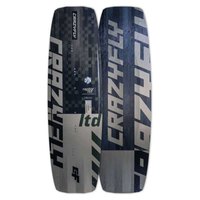
Crazyfly Raptor LTD 2024 Kiteboard
935.49 €
-
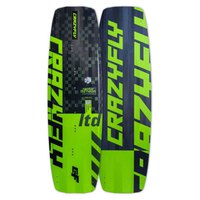
Crazyfly Raptor LTD Neon 2024 Kiteboard
883.49 €
-
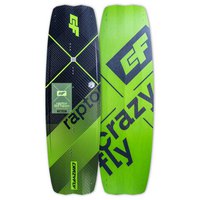
Crazyfly Raptor LTD Neon 2022 Kiteboard
759.49 €
-
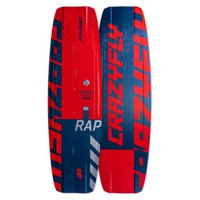
Crazyfly Raptor 2024 Kiteboard
692.49 €
-

Crazyfly Raptor Extreme 2024 Kiteboard
989.49 €
-

Crazyfly Raptor Extreme Kiteboard
714.99 €
-

Crazyfly Elite IV Kiteboard
1799.49 €
-
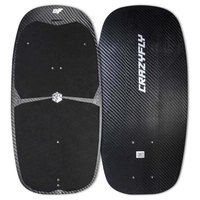
Crazyfly Pure 2021 Kiteboard
1019.49 €
-

Crazyfly Slicer 2024 Kiteboard
935.49 €
-
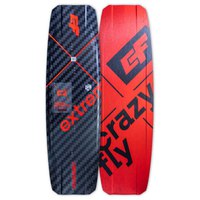
Crazyfly Raptor Extreme 2022 Kiteboard
699.99 €
-

Crazyfly Acton Kiteboard
314 €
-

Crazyfly Chill Kiteboard
499.99 €
-

Crazyfly F-Lite Kiteboard
890.49 €
-

Crazyfly Raptor Kiteboard
515 €
-

Crazyfly Raptor LTD Kiteboard
695.99 €
-

Crazyfly Raptor LTD Neon Kiteboard
695.99 €
-

Crazyfly Slicer Kiteboard
675.99 €
How to choose the right board for kiteboarding?
Kiteboarding, also known as kitesurfing, is a surface water sport that involves using a small board and a large power kite to ride on the water´s surface. Kiteboarding can be done in open water or designated areas such as kiteboard schools and centers. You can buy a kiteboard from Crazyfly. Choosing the right board for kiteboarding is essential for your safety and enjoyment on the water. The right board can greatly impact your performance and progression in the sport. Here are the key factors to consider when selecting a kiteboard:Kiteboard types:
Twin tip board: Twin tip boards are the most common type and are symmetrical. They are versatile and suitable for beginners to advanced riders. Twin tip boards are great for freeride, jumping, and tricks.
Directional or surfboard: Directional boards are similar to traditional surfboards and are designed for wave riding. They are typically used in wave kitesurfing and offer a more surf like experience.
Hybrid board: Hybrid boards combine characteristics of both twin tip and directional boards. They are suitable for riders who want a mix of freestyle and wave riding capabilities.
Foilboard: Foilboards have a hydrofoil underneath the board, which lifts the board out of the water. They offer a unique riding experience, smooth gliding, and can be used in light wind conditions.
Skill level:
Consider your skill level when choosing a board. Beginners often benefit from larger, stable boards with good flotation, while advanced riders may prefer smaller, more agile boards for tricks and advanced maneuvers.
Board size and volume:
The size and volume of the board depend on your weight, skill level, and local wind conditions.
Larger boards with more volume provide better stability and floatation, making them ideal for beginners and lighter wind conditions.
Smaller boards are more maneuverable and are suitable for advanced riders and stronger winds.
Rocker shape:
The rocker refers to the curvature of the board from tip to tail. A flatter rocker offers better upwind performance and speed, while a more pronounced rocker provides better control in waves and choppy conditions.
Board flex:
Board flex affects your riding experience. Stiffer boards offer more pop for jumps and tricks, while softer boards provide better control in choppy conditions.
Construction material:
Kiteboards are made from various materials, including wood, foam, carbon fiber, and composite materials. Carbon fiber boards tend to be lightweight and offer excellent performance but can be more expensive.
Board shape:
Consider the board´s outline and shape. Some boards have a wider outline for better stability and early planning, while others have a narrower outline for improved speed and upwind performance.
Fin setup:
Different boards have various fin setups, such as single, twin, thruster tri fin, or quad fins. The fin setup can affect the board´s tracking, maneuverability, and grip in the water.

























